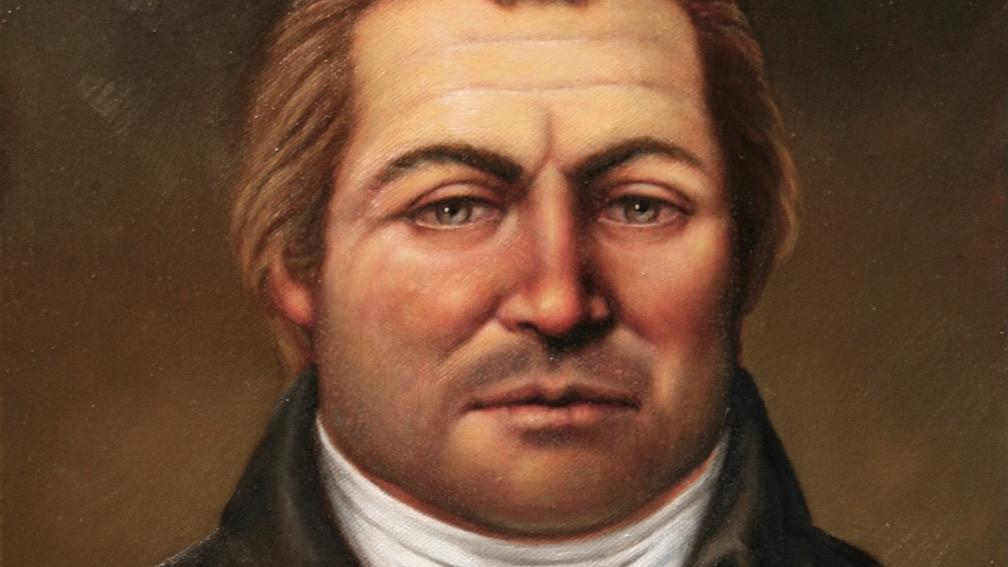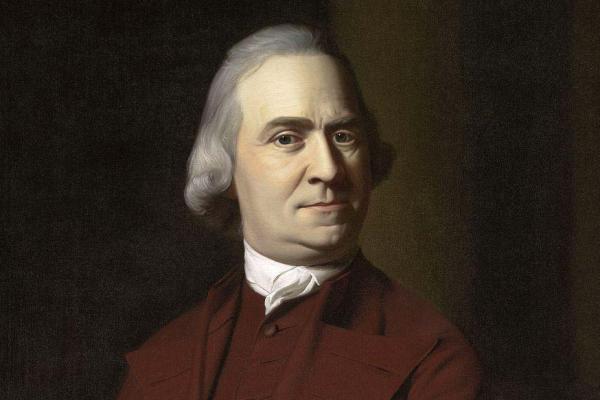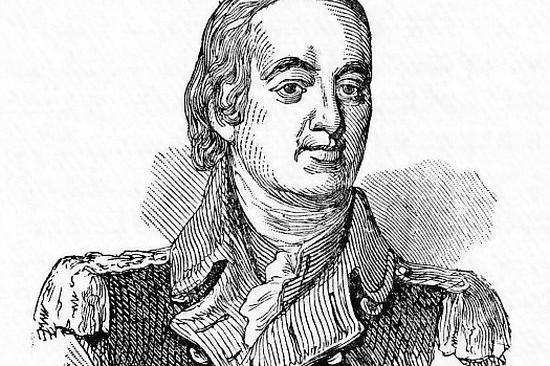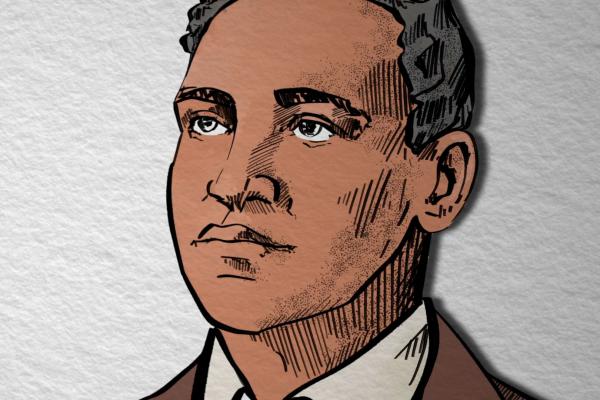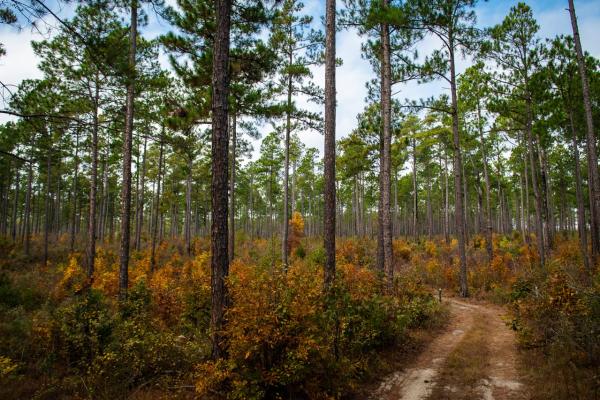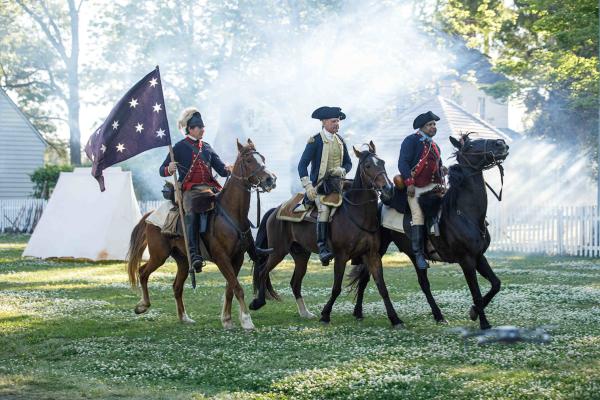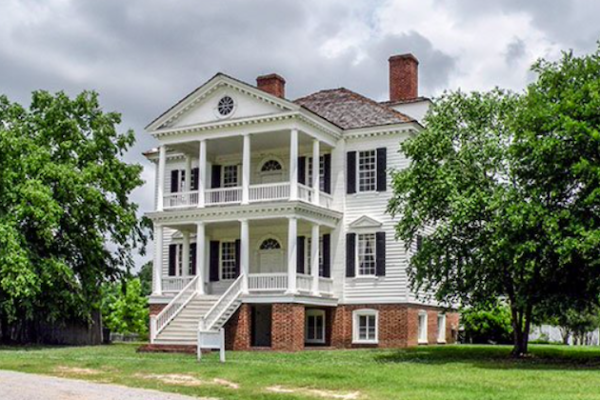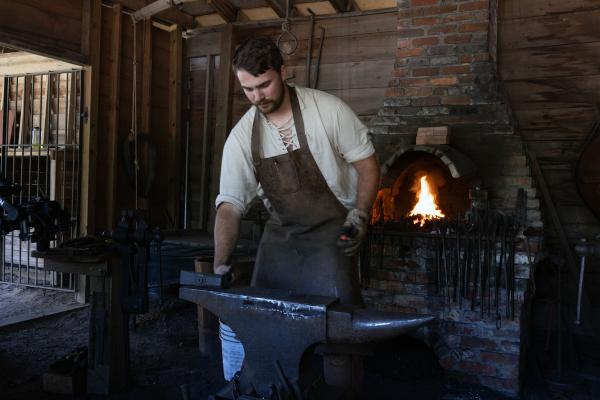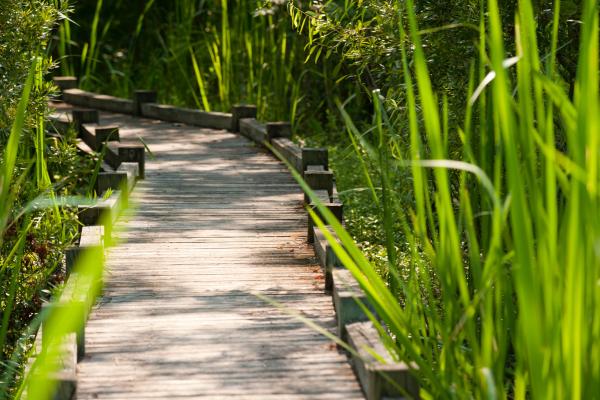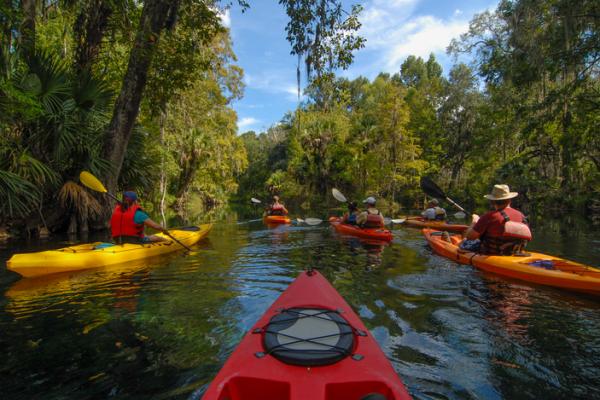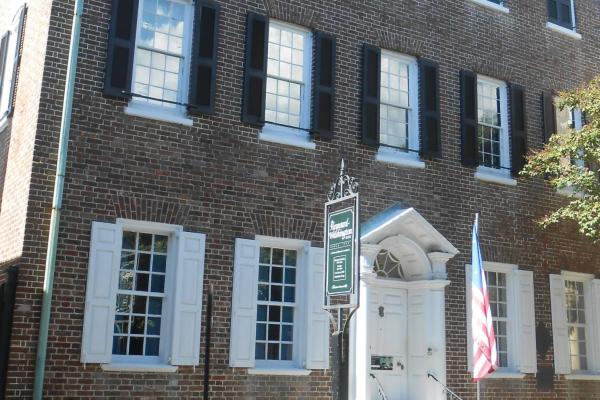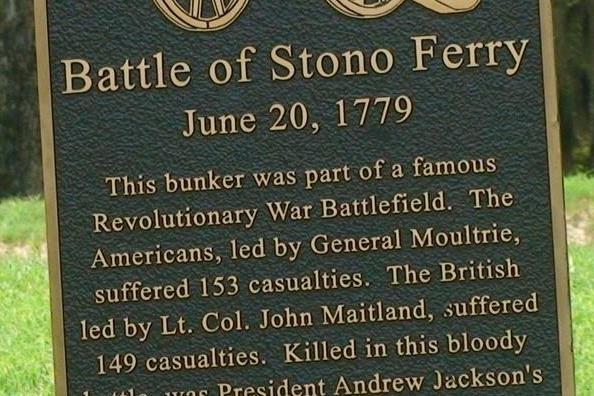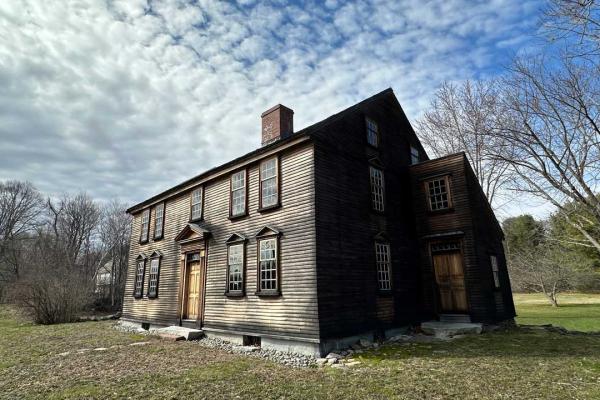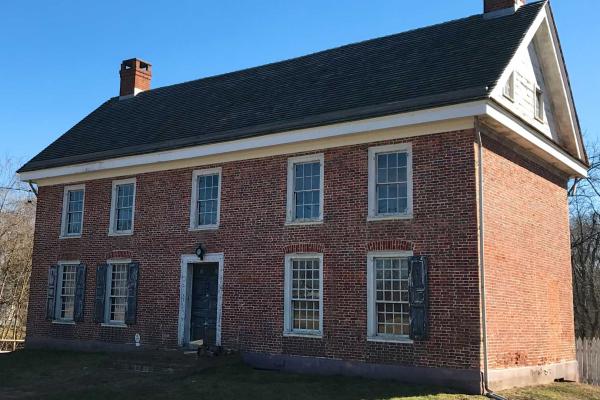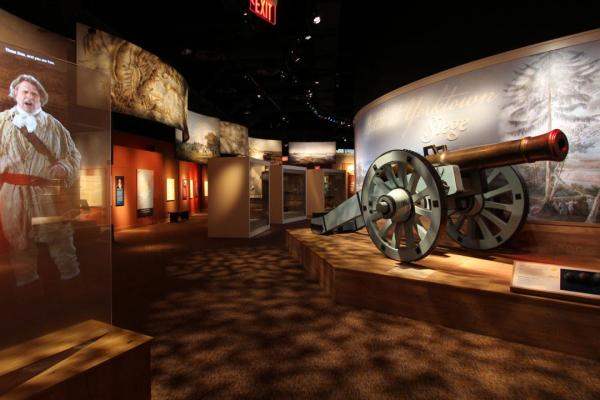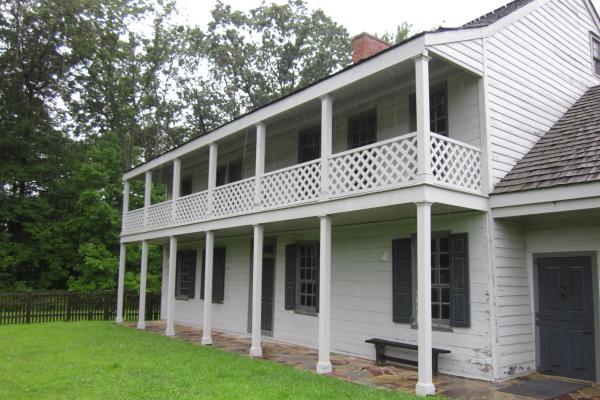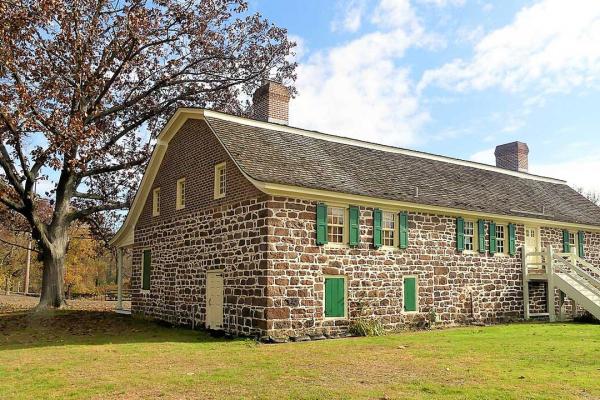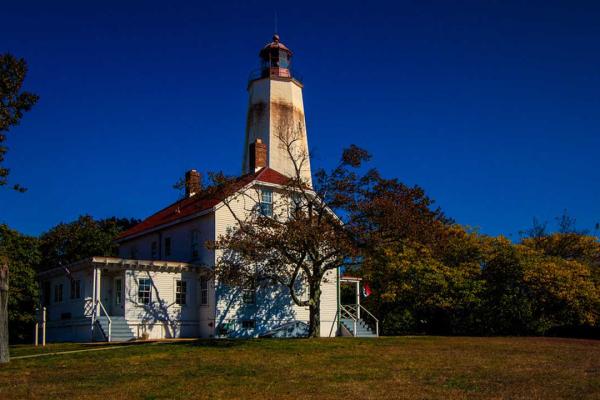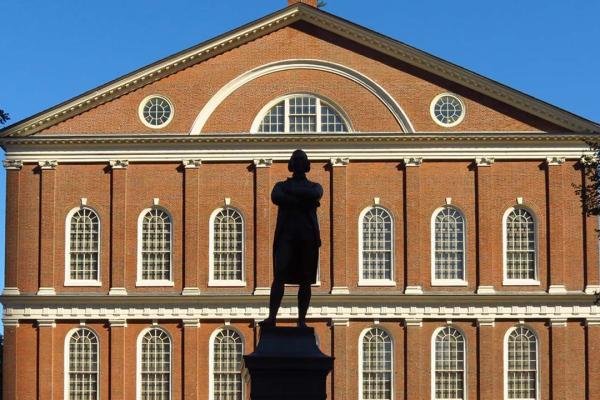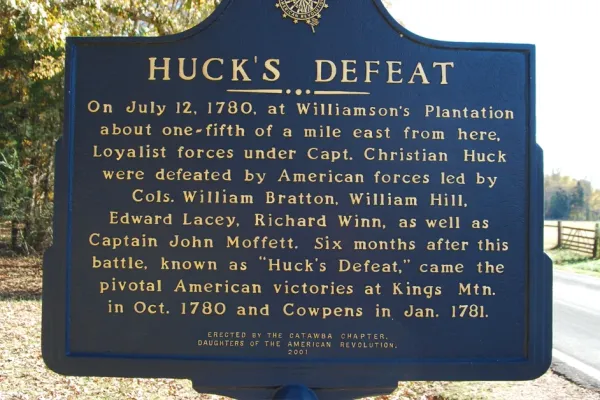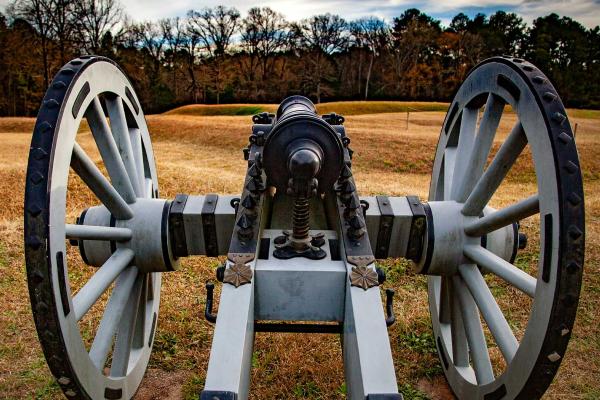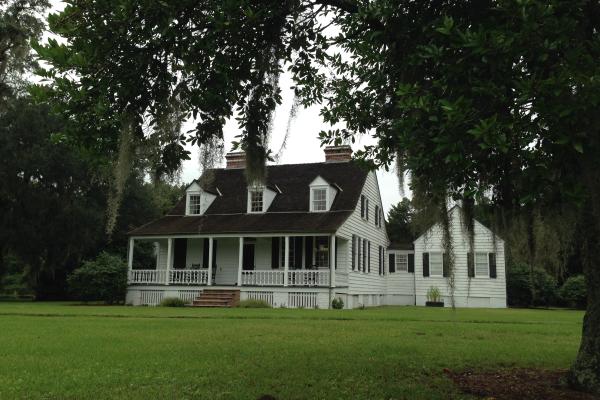A passionate advocate for liberty, Adams rallied resistance to British rule, organized protests like the Boston Tea Party, and championed colonial rights. He later signed the Declaration of Independence and served as Massachusetts’ governor.
William Alexander, known as “Lord Stirling,” was a wealthy New Yorker who claimed a Scottish title and became a key Continental Army officer during the Revolutionary War, earning distinction at the Battle of Long Island and later serving in major campaigns like Princeton and Brandywine. Despite his aristocratic airs, he proved a loyal patriot and capable commander, ultimately dying of gout in 1783 just before the war’s end.
Regarded as the first martyr of the American Revolution, Crispus Attucks was the first to fall in the Boston Massacre on March 5, 1770. Of African and Native American descent, he became a powerful symbol of the fight for liberty, later embraced by abolitionists as a hero of both American independence and the struggle for equality.
Katy Barry, born Margaret Catherine Moore, played a crucial role as a messenger and spy for the American troops, earning her the title "Heroine of the Battle of Cowpens," and her legacy is preserved at Walnut Grove Manor in South Carolina.
Uncovering History
We invite you to visit the preserved locations along the Liberty Trail and to immerse
yourself in the extraordinary events that determined the fate of a nation.
